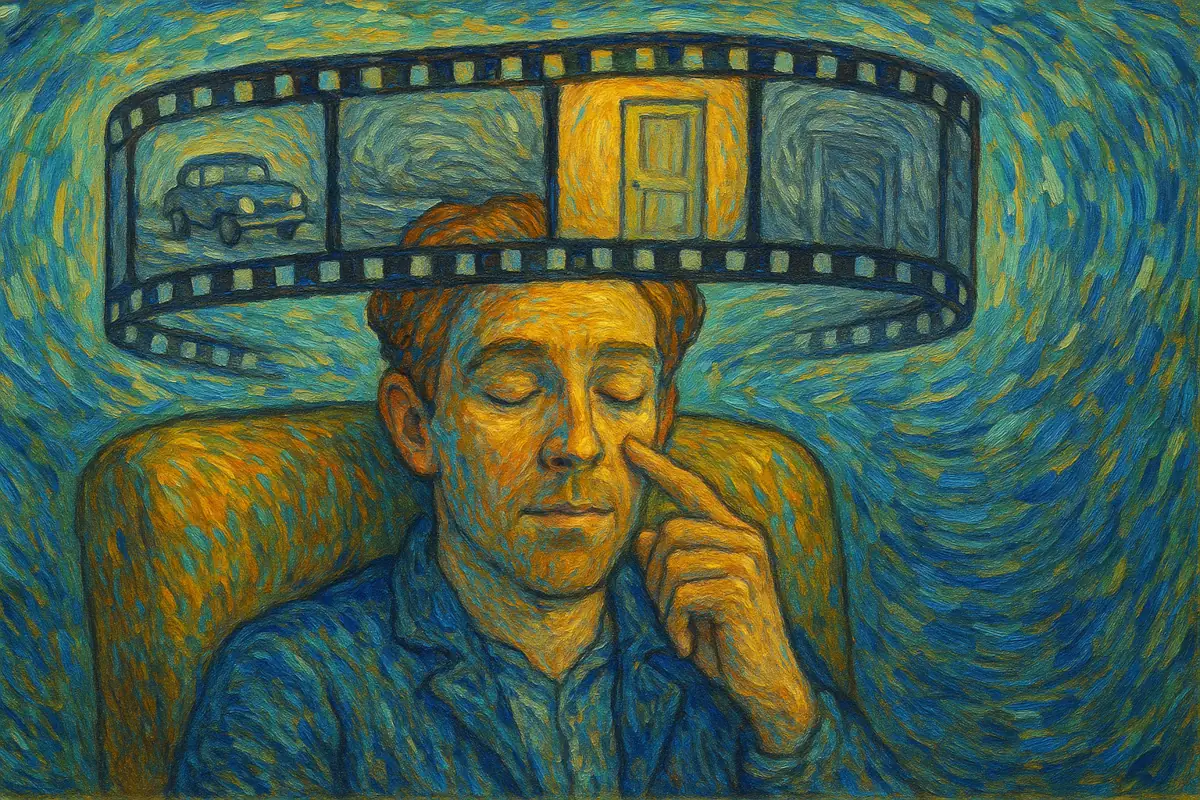Mentor’s Corner: Understanding EFT Techniques — Movie Title, Silent Movie, Tell the Story, and Chasing the Pain
Mentor’s Note: As part of my role mentoring practitioners-in-training for the EFT Universe certification program, I often receive thoughtful questions from mentees. These recurring posts are my way of answering those questions in a way that both mentees and the wider audience can benefit from. If you’re exploring EFT for yourself, you’re welcome to read along — you’ll get a glimpse into how practitioners are trained to use EFT safely and effectively.
A Common Question
A few months ago, one of my mentees sighed during supervision and said,
“I feel like I’m doing it wrong. There are all these techniques — Movie Title, Silent Movie, Tell the Story, Chasing the Pain — and I never know which one I should be using.”
This is such a common moment. And the truth is: each of these techniques is like a doorway into the same house. They all help us dismantle the intensity of past experiences, but each one works best in different situations. Let’s walk through them.
1. Movie Title Technique (sometimes called Billboard)
What it is:
A way to give distance by labeling the whole memory with a short “title.”
How to use it:
The practitioner guides the client to create a title like “The Car Accident on Highway 5” or “That Night in June.” Tapping is then done on the title rather than the details.
Purpose:
It reduces the global charge of the memory. It can also contain scattered issues into one container (“This Overwhelming Pressure I’m Under”) so the session stays focused.
Best for:
When a client is flooded, avoidant, or talking about too many related issues at once.
Story:
I once had a mentee bring a case where the client couldn’t even talk about the details. Just choosing a title gave the client enough breathing room to begin tapping — a first step toward safety.
2. Silent Movie (a variation of Movie Technique)
What it is:
The client replays the memory silently in their mind, like watching a film with the sound turned off.
How to use it:
The practitioner guides the client to start at a neutral point right before the event. As the “movie” plays, the client pauses whenever they hit an emotional crescendo (a hot spot of intensity, sometimes called an aspect). At that moment:
- The practitioner asks for a SUDs rating (0–10).
- The client taps until the number is 3 or less.
- Then the practitioner reminds the client to return to the neutral starting point before continuing.
This cycle repeats until the entire movie can be played without spikes of intensity.
Purpose:
To dismantle the sensory details (images, sensations, sounds) safely without needing verbal narration.
Best for:
Clients who find it difficult to talk about the memory, or when anonymity and safety are especially important.
3. Tell the Story
What it is:
The client verbally tells the story of a short, specific event while tapping continuously.
How to use it:
The practitioner guides the client to begin at a neutral point before the event. As they narrate, the practitioner listens for shifts in voice, body language, or emotion — the emotional crescendos. At each crescendo:
- Pause.
- Check SUDs.
- Tap until it’s 3 or less.
- Return to the neutral point before continuing.
Purpose:
To uncover and resolve aspects through narration.
Best for:
Clients who can talk through the event without becoming overwhelmed.
Story:
One mentee described a session where a client’s voice suddenly cracked while saying, “Then he walked into the room…” That crack was the crescendo. By pausing and clearing it before moving on, the client could eventually tell the whole story calmly.
4. Chasing the Pain
What it is:
A somatic technique where the client taps on physical sensations as they shift location or quality.
How to use it:
The practitioner asks the client to describe the pain (“a sharp ache in my chest”). Tap until it changes. If it moves (“now a dull throb in my neck”), follow it and tap there.
Purpose:
Originally designed for physical pain, but also valuable for reducing overwhelming somatic sensations so the client feels safe enough to process trauma.
Best for:
When a client is overwhelmed by body sensations or presenting with physical pain.
Key Takeaways
- Movie Title = global label, creates distance or organization.
- Silent Movie = internal replay, pause at crescendos, tap down SUDs, reset at neutral point.
- Tell the Story = verbal narration, pause at crescendos, tap down SUDs, reset at neutral point.
- Chasing the Pain = follow shifting somatic sensations with tapping.
In both Silent Movie and Tell the Story, practitioners must guide the client to:
- Start at a neutral point.
- Pause at each emotional crescendo.
- Take SUDs before tapping, and bring the number down to 3 or less.
- Return to the neutral point as a mandatory nervous system reset before continuing.
This rhythm — neutral → crescendo → SUDs → tap → back to neutral — is non-negotiable for safe, effective practice.
Closing Reflection
For mentees: I hope this clarifies how these techniques fit together and when to use them.
For the wider audience: Notice the care and structure built into EFT training. Each practitioner certified through EFT Universe is taught to work gently, systematically, and with respect for the nervous system. That’s what makes this work both safe and deeply effective.



